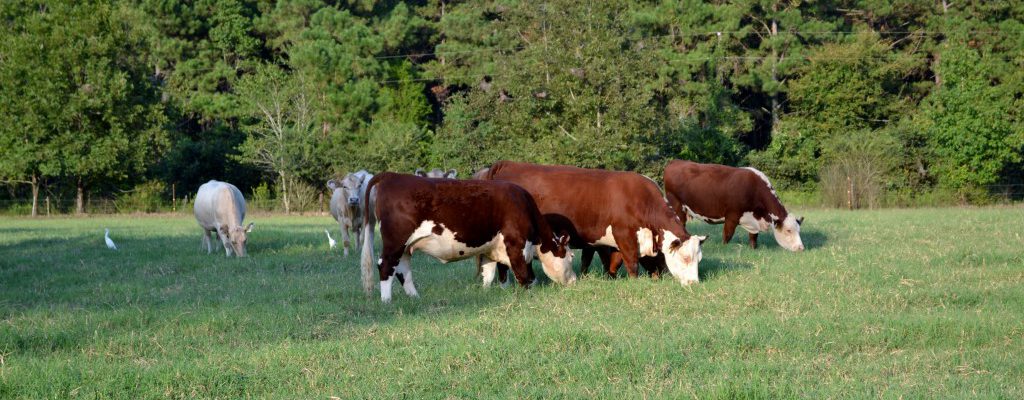Hay
-
If you have ever thumbed through the Market Bulletin hay ads, you’ve likely wondered what all the descriptions mean. The marketing tactics used can leave your head spinning. What makes something “horse quality,” and what makes the $9 square bale better than the $5 bale? If someone says their hay was “fertilized by UGA test…
Posted in: Uncategorized -
Weeds can reduce the quantity and the stand life of desirable forage plants in pastures and hayfields. Weeds also impact the aesthetic value of a pasture. Therefore, producers may choose to initiate weed management strategies that reduce the impact of weeds on forage production. The first step in effective weed control is to evaluate the…
-
According to USDA, in 2019, the United States produced more than 57.7 million acres of forage crops that were harvested for hay. Annual production from this acreage is over 140 million tons of hay valued at more than 18 billion dollars. Hay is the most widely grown mechanically-harvested agronomic crop in the United States. That…
-
As the spring temperatures increase, so do the questions I receive from land/livestock owners about establishing a summer forage. Forage systems are essential for the livestock industry, and the selection of the right grass species is crucial for optimal animal performance. The two primary summer perennial grasses recommended by UGA Extension in the Coastal Plain…
-
While not always on the forefront of our mind, mold in hay can be a problem for livestock. Particularly in years like 2021, where we have had a lot of moisture and humidity during harvest. Not only did the wet summer we had increase our chances of mold, but it made producing quality hay more…
-

There are often many questions surrounding the practice of burning pastures and hayfields. Let’s look at the more frequently asked. Is it a good idea to burn my hayfield? There are several benefits to burning your hayfield. Burning can help producers manage thatch in their stands. If the thatch layer becomes too thick over time,…
-

Potassium is an essential element in plants and is considered one of the three macronutrients, along with nitrogen and phosphorus. The amount of K is reported in almost all routine soil samples. Unfortunately, with price increases, it has gone from being the least expensive to the most expensive of the three macronutrients. Ignoring the importance…
-

Baled silage, or “baleage,” is an excellent way for livestock producers to harvest, storage, and feed forage. Feeding baleage is much different than feeding hay due to the higher moisture content. This higher moisture content makes it much more susceptible to deterioration. Let’s discuss some ways to decrease waste during the feeding of your baleage.…
-

Every once in a while, I will get a comment or question about how to charge for hay. Growers need to know their cost of production to calculate the profitability of their operation. A production budget is a way to organize revenue, expenses and then calculate profit for the commodity that is being produced. If…
Posted in: Hay -

Masks, hand washing, social distancing, vaccines, quarantine; words that are excessively familiar this day and time. What do you think of when you hear these words? My first thought is health. You have now began checking your website because you supposedly pulled up UGA Extension’s Forage Team Newsletter, but don’t worry, you are in the…
-

It seems like every summer I get calls from hay producers and cattlemen worried that a lack of timely rain or over-fertilization will cause their forage to be high in nitrates. Every winter I get calls from producers with dead cattle or late term abortions, that are worried that the hay they are feeding is…